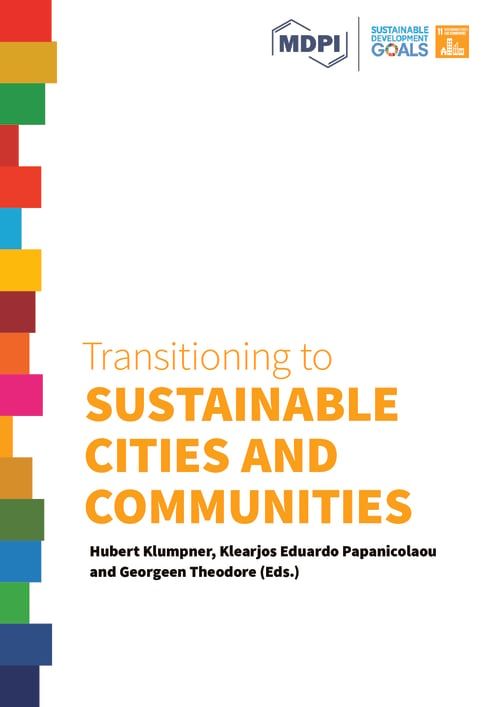Cognitive Blindspot: Challenges of Measuring Coupling Effects of Isolated Development Policies at the Regional Scale
The everyday practice of building a house as the family transforms in size, composition and wealth is fast becoming a planning challenge in rural India. In particular, the national road and housing development policies influence this restructuring. Monthly, these policies report the number of settlements connected and houses constructed. With each report, India inches closer to fulfilling its commitment to SGD11. However, these otherwise siloed policies produce ‘coupled effects’—such as rapid construction, an increase in land-use conversion, a rising demand for basic infrastructure, an increase in settlement size and a reduction in built-environment quality—that go unreported. Selective reporting on policy impacts misrepresents national achievements and threatens sustainability commitments made by the country. To illustrate this blind spot, I take the example of the Bengal region in India, giving three historical snapshots of the evolving relations between roads and houses constructed in the past 30 years. Using the data collected from 197 households surveyed in 2019 on their construction practices, I trace how positively skewed reports of these two policies have failed to capture (1) differentiations in the quality achieved by each economic group, (2) the adverse effects of their coupling on the settlement size and built environment quality, and (3) the ill-preparedness of local agencies in mitigating these effects. In this broader light, these unaccounted for measures undermine the success India has reported. To mitigate this cognitive blind spot created by selective reporting, I recommend interlinking the standalone indicators for a more reliable assessment.
